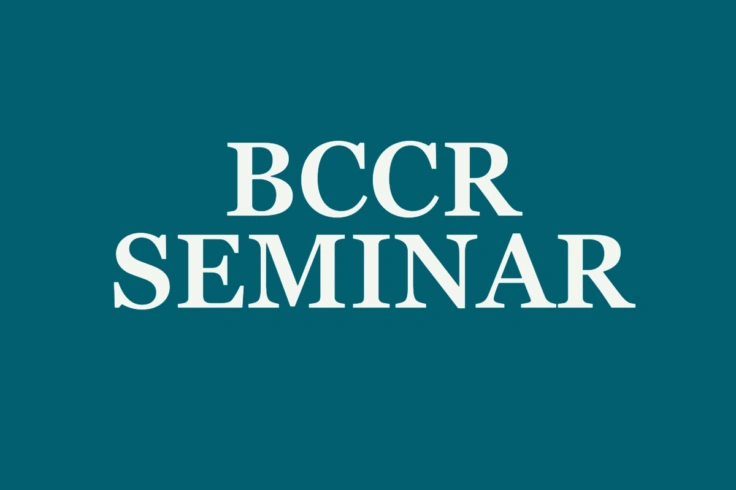Calendar
"Role of atmospheric forcing on the North Atlantic dynamic and its robustness in coupled climate".

Time
15. September 2025, 09:00-10:00
Location
BCCR lecture room 4020
The next BCCR Monday Seminar will be given by Tillys Petit from the National Oceanographic Centre in the UK.
Abstract
The Atlantic Meridional Overturning Circulation (AMOC) plays a key role for the Northern Hemisphere climate and, for almost two decades, climate scientists have been concerned with the possibility of a slowing AMOC due to changes in deep water formation over the Labrador and Greenland seas. However, the OSNAP array revealed that the role of deep convection in the Labrador Sea might be overestimated in climate models, which make the future of the AMOC uncertain. To help reconcile these opposing perspectives, I will synthesize my research on the drivers of the North Atlantic dynamic and on their representation in coupled climate models. In a first part, I will review different observation-based estimates of water mass transformation in the subpolar gyre, showing that the deep water is formed primarily in the Irminger and Iceland basins by local buoyancy forcing. A second part will focus on the representation of deep water formation in coupled climate models. These studies shed light on model biases leading to large deep water formation over the Labrador Sea and on their implications for the AMOC at OSNAP latitudes. Finally, a third part will focus on the southward propagation of deep water and on the coherence of the AMOC variability over the North Atlantic.
About the speaker
Tillys Petit is a Research Scientist at the National Oceanography Centre (UK) specialized in the large-scale ocean circulation and water mass transformation in the North Atlantic. She has done her PhD at IFREMER (France) on the ocean circulation over the eastern subpolar gyre from observations. During her postdoc at Duke University/Georgia Tech (US), she worked on the linkages between buoyancy forcing and volume fluxes at OSNAP, and investigated the connectivity of the AMOC between the subpolar and subtropical gyres from high-resolution models. Then, she continued working on the AMOC and water mass transformation at the University of Reading (UK), but with a focus on the representation of these processes in CMIP-class climate models. She joined the NOC in 2023, where she is developing lower-cost means of observing the AMOC at the RAPID array. She is also co-I on two projects that seek to address gaps in our understanding of Subpolar North Atlantic tipping points.
More events
See all
BCCR Monday Seminar 8th September: " Wave-driven ocean currents: how ocean responds to Stokes transport"
